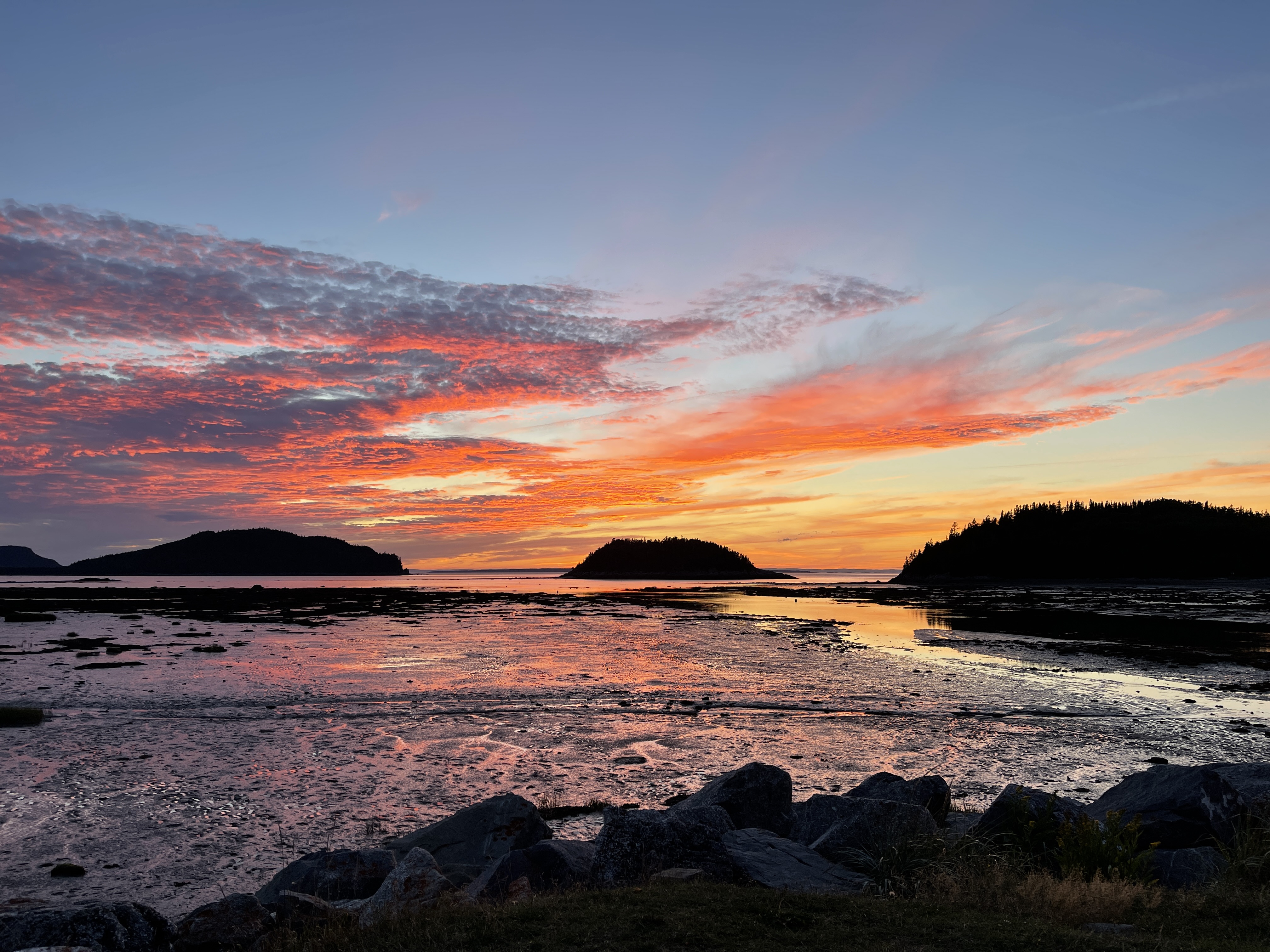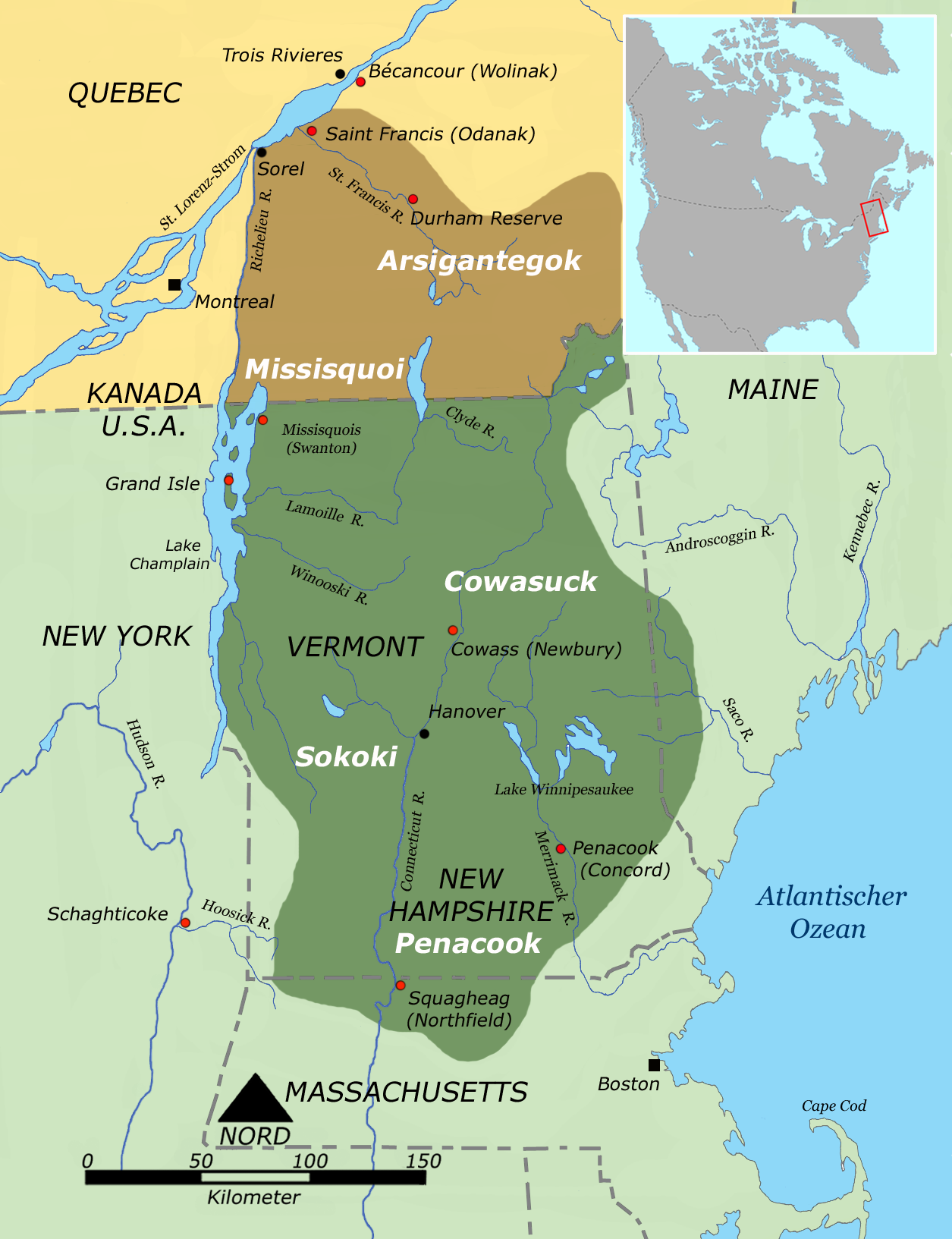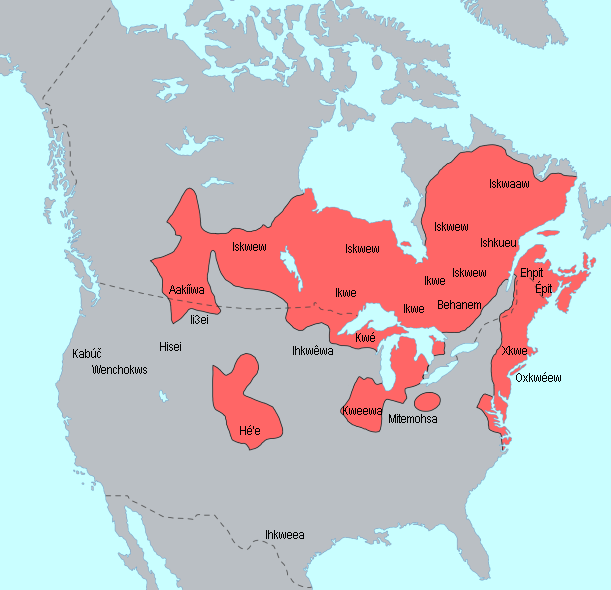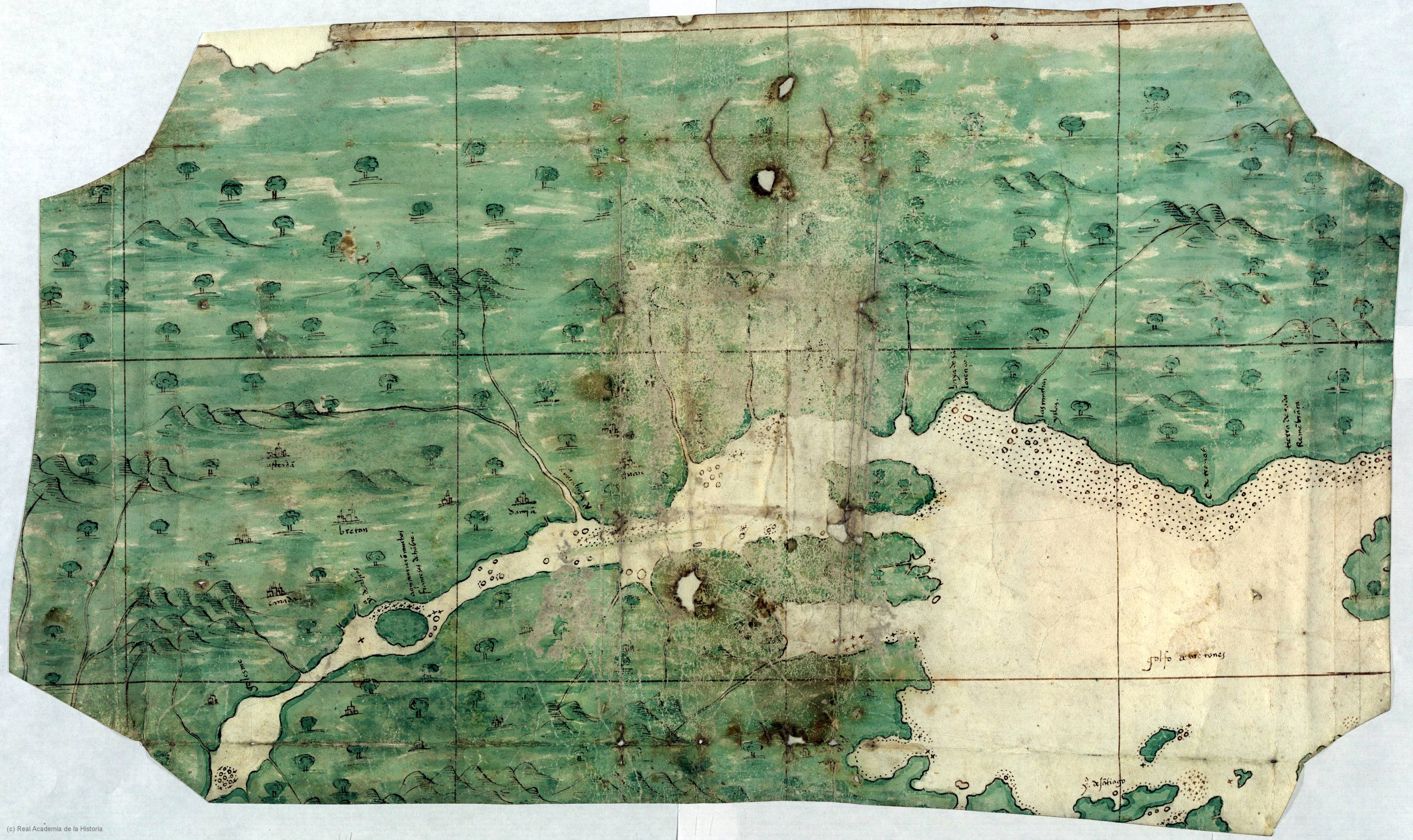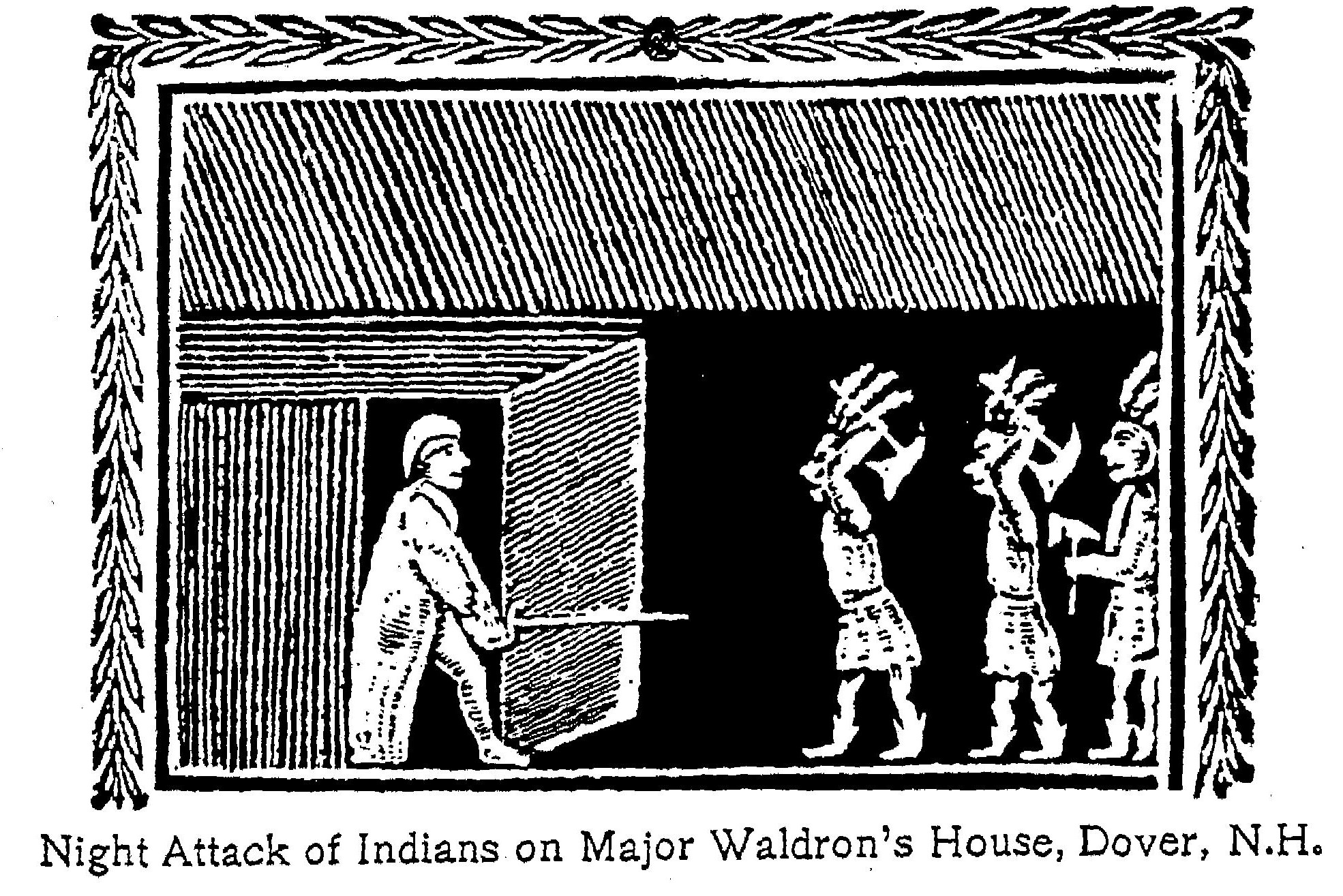|
Military History Of The Miꞌkmaq
The military history of the Mi'kmaq consisted primarily of Mi'kmaq warriors (''smáknisk'') who participated in wars against the Kingdom of England, English (the Kingdom of Great Britain, British after 1707) independently as well as in coordination with the Acadians, Acadian Military history of the Acadians, militia and Military of New France, French royal forces. The Mi'kmaq militias remained an effective force for over 75 years before the Halifax Treaties were signed (1760–1761). In the nineteenth century, the Mi'kmaq "boasted" that, in their contest with the British, the Mi'kmaq "killed more men than they lost". In 1753, Charles Morris (jurist), Charles Morris stated that the Mi'kmaq have the advantage of "no settlement or place of abode, but wandering from place to place in unknown and, therefore, inaccessible woods, is so great that it has hitherto rendered all attempts to surprise them ineffectual". Leadership on both sides of the conflict employed standard colonial warfar ... [...More Info...] [...Related Items...] OR: [Wikipedia] [Google] [Baidu] |
Mi'kmaq
The Mi'kmaq (also ''Mi'gmaq'', ''Lnu'', ''Mi'kmaw'' or ''Mi'gmaw''; ; , and formerly Micmac) are an Indigenous group of people of the Northeastern Woodlands, native to the areas of Canada's Atlantic Provinces, primarily Nova Scotia, New Brunswick, Prince Edward Island, and Newfoundland, and the Gaspé Peninsula of Quebec as well as Native Americans in the northeastern region of Maine. The traditional national territory of the Mi'kmaq is named Mi'kma'ki (or Mi'gma'gi). There are 66,748 Mi'kmaq people in the region as of 2023 (including 25,182 members in the more recently formed Qalipu First Nation in Newfoundland). According to the Canadian 2021 census, 9,245 people claim to speak Mi'kmaq, an Eastern Algonquian language. Once written in Mi'kmaw hieroglyphic writing, it is now written using most letters of the Latin alphabet. The Mi'kmaq, Maliseet, and Pasamaquoddy nations signed a series of treaties known as the Covenant Chain of Peace and Friendship Treaties with ... [...More Info...] [...Related Items...] OR: [Wikipedia] [Google] [Baidu] |
Bic National Park
Bic National Park is an national park of Quebec, Canada, located on the south shore of the St. Lawrence River, near the villages of Le Bic and Saint-Fabien, southwest of Rimouski. It was founded on October 17, 1984, and is home to large populations of harbour seals and grey seals. Its highest point is Pic Champlain at . Slightly less than half of the park is a coastal marine environment. The park is owned by the Ministry of Sustainable Development, Environment and Parks of Quebec. It is managed by the Société des établissements de plein air du Québec (SÉPAQ). Bic National Park is typical of the southern coast of the Gulf of St. Lawrence, containing several characteristics of this region: * Low-flow rivers (la rivière du Sud-Ouest) * Salt marshes (the marsh at Pointe-au-Spruce) * Rocky hills with a very steep northern slope and a relatively gentle southern slope (Pic Champlain, Citadelle, , etc.) History Human occupation of Bic dates back almost 7,000 years: the p ... [...More Info...] [...Related Items...] OR: [Wikipedia] [Google] [Baidu] |
Abenaki
The Abenaki ( Abenaki: ''Wαpánahki'') are Indigenous people of the Northeastern Woodlands of Canada and the United States. They are an Algonquian-speaking people and part of the Wabanaki Confederacy. The Eastern Abenaki language was predominantly spoken in Maine, while the Western Abenaki language was spoken in Quebec, Vermont, and New Hampshire. While Abenaki peoples have shared cultural traits, they did not historically have a centralized government. They came together as a post-contact community after their original tribes were decimated by colonization, disease, and warfare. Names The word ''Abenaki'' and its syncope, ''Abnaki,'' are both derived from ''Wabanaki'', or ''Wôbanakiak,'' meaning "People of the Dawn Land" in the Abenaki language. While the two terms are often confused, the Abenaki are one of several tribes in the Wabanaki Confederacy. Alternate spellings include: ''Abnaki'', ''Abinaki'', ''Alnôbak'', ''Abanakee'', ''Abanaki'', ''Abanaqui'', ''Abana ... [...More Info...] [...Related Items...] OR: [Wikipedia] [Google] [Baidu] |
Algonquian Languages
The Algonquian languages ( ; also Algonkian) are a family of Indigenous languages of the Americas and most of the languages in the Algic language family are included in the group. The name of the Algonquian language family is distinguished from the orthographically similar Algonquin dialect of the Indigenous Ojibwe language (Chippewa), which is a senior member of the Algonquian language family. The term ''Algonquin'' has been suggested to derive from the Maliseet word (), meaning 'they are our relatives/allies'. Speakers of Algonquian languages stretch from the east coast of North America to the Rocky Mountains. The proto-language from which all of the languages of the family descend, Proto-Algonquian, was spoken around 2,500 to 3,000 years ago. There is no scholarly consensus about where this language was spoken. Family division This subfamily of around 30 languages is divided into three groups according to geography: Plains, Central, and Eastern Algonquian. Of t ... [...More Info...] [...Related Items...] OR: [Wikipedia] [Google] [Baidu] |
Wabanaki Confederacy
The Wabanaki Confederacy (''Wabenaki, Wobanaki'', translated to "People of the Dawn" or "Easterner"; also: Wabanakia, "Dawnland") is a North American First Nations and Native American confederation of five principal Eastern Algonquian nations: the Abenaki, Mi'kmaq, Wolastoqiyik, Passamaquoddy (''Peskotomahkati'') and Penobscot. There were more tribes, along with many bands, that were once part of the Confederation. Native tribes such as the Nanrantsouak, Alemousiski, Pennacook, Sokoki, and Canibas, through massacres, tribal consolidation, and ethnic label shifting were absorbed into the five larger national identities. Members of the Wabanaki Confederacy, the Wabanakiyak, are located in and named for the area which they call Wabanaki ("Dawnland"), roughly the area that became the French colony of Acadia. The territory boundaries encompass present-day Maine, New Hampshire, and Vermont, in the United States, and New Brunswick, mainland Nova Scotia, Cape Breton Island, Pri ... [...More Info...] [...Related Items...] OR: [Wikipedia] [Google] [Baidu] |
Battle Of Port La Tour (1677)
The Battle of Port La Tour occurred on July 18, 1677, at Port La Tour, Acadia, as part of the Northeast Coast Campaign during the First Abenaki War (the Maine-Acadia theater of King Phillips War) in which the Mi'kmaq attacked New England fishermen. The New Englanders eventually overwhelmed them and many Mi'kmaq were enslaved. Historical context Prior to King Philip's War, there is no record of New England and the Mi'kmaq being in conflict. During the First Abenaki War, Major Richard Waldron captured natives for the slave trade. The most significant seizure of natives happened in Dover on September 7, 1676. Later, Waldron gave a mandate to the merchant, Henry Lawton (or Laughton), of the Piscataqua area, to seize all the Indians "of the East" who had been raiding the New England villages along the border with Acadia. On November 9, 1676 ( o.s.), they hired a vessel, the ''Endeavor'', commanded by Captain John Horton. They stopped at Machias and nine natives were taken captive. ... [...More Info...] [...Related Items...] OR: [Wikipedia] [Google] [Baidu] |
King Philip's War
King Philip's War (sometimes called the First Indian War, Metacom's War, Metacomet's War, Pometacomet's Rebellion, or Metacom's Rebellion) was an armed conflict in 1675–1678 between a group of indigenous peoples of the Northeastern Woodlands against the English New England Colonies and their indigenous allies. The war is named for Metacom (alternatively Metacomet), the Pokanoket chief and sachem of the Wampanoag who had adopted the English name Philip because of the friendly relations between his father Massasoit and the Plymouth Colony. The war continued in the most northern reaches of New England until the signing of the Treaty of Casco Bay on April 12, 1678. Massasoit had maintained a long-standing agreement with the colonists and Metacom (), his younger son, became the tribal chief in 1662 after his father's death. Metacom, however, forsook his father's alliance between the Wampanoags and the colonists after repeated violations by the latter. The colonists insist ... [...More Info...] [...Related Items...] OR: [Wikipedia] [Google] [Baidu] |
First Abenaki War
The First Abenaki War (also known as the northern theatre of King Philip's War) was fought along the New England/Acadia border primarily in present-day Maine. Richard Waldron and Charles Frost led the forces in the northern region, while Jean-Vincent d'Abbadie de Saint-Castin worked with the tribes that would make up the Wabanaki Confederacy. The natives engaged in annual campaigns against the English settlements in 1675, 1676, and 1677. Waldron sent forces so far north that he attacked the Mi'kmaq in Acadia. Historian Georges Cerbelaud Salagnac writes that Castine and the Abenaki "displayed consummate skill at it, holding in check at every point, from the Penobscot River to Salmon Falls, N.H., and even beyond, 700 regular troops, and even inflicting humiliating defeats upon them." The official records indicate natives killed or captured 260 English. The villages of Cape Neddick, Scarborough, Casco, Arrowsick, Pemaquid and several others were destroyed. The war cost the colo ... [...More Info...] [...Related Items...] OR: [Wikipedia] [Google] [Baidu] |
Essex County, Massachusetts
Essex County is a County (United States), county in the northeastern part of the U.S. state of Massachusetts. At the 2020 United States census, 2020 census, the total population was 809,829, making it the third-most populous county in the state, and the List of the most populous counties in the United States, seventy-eighth-most populous in the country. It is part of the Greater Boston area (the Boston–Cambridge, Massachusetts, Cambridge–Newton, Massachusetts, Newton, MA–New Hampshire, NH Metropolitan Statistical Area). The largest city in Essex County is Lynn, Massachusetts, Lynn. The county was named after the England, English county of Essex. It has two traditional county seats: Salem, Massachusetts, Salem and Lawrence, Massachusetts, Lawrence. Prior to the dissolution of the county government in 1999, Salem had jurisdiction over the Southern Essex District, and Lawrence had jurisdiction over the Northern Essex District, but currently these cities do not function as sea ... [...More Info...] [...Related Items...] OR: [Wikipedia] [Google] [Baidu] |
Agawam, Massachusetts
Agawam is a city in Hampden County, Massachusetts, United States. The population was 28,692 at the 2020 census. Agawam sits on the western side of the Connecticut River, directly across from Springfield. It is considered part of the Springfield Metropolitan Statistical Area, which is contiguous with the Knowledge Corridor area, the second-largest metropolitan area in New England. Agawam contains a subsection, Feeding Hills. The Six Flags New England (formerly known as Riverside Park, one of the largest such parks in the United States) amusement park is located in Agawam, on the banks of the Connecticut River. Agawam's ZIP code, 01001, is the lowest in the contiguous United States. Etymology The Native American village originally sited on the west bank of the Connecticut River was known as Agawam, or Agawanus, Aggawom, Agawom, Onkowam, Igwam, and Auguam. It is variously speculated to mean "unloading place" and "fishcuring place", perhaps in reference to fish at Agawa ... [...More Info...] [...Related Items...] OR: [Wikipedia] [Google] [Baidu] |
Chief Masconomet
Masconomet, (died 1658) spelled many different ways in colonial deeds, was '' sagamore'' of the Agawam tribe among the Algonquian peoples during the time of the English colonization of the Americas. He is known for his quitclaim deed ceding all the tribal land, which extended from Cape Ann to the Merrimack River, as far inland as North Andover, Massachusetts and Middleton, Massachusetts, and as far to the southwest as the Danvers River, to John Winthrop the Younger, his heirs and all the settlers of eastern Essex County for a sum of 20 pounds, about 100 dollars. Although he could not read or write at the time of the deed, Masconomet understood that he was effecting a union of the remnant of the tribe after decimation by disease (probably smallpox) with the English colonists. He testified to that effect before the General Court of Massachusetts, which was questioning the legality of the younger Winthrop's transactions. Winthrop and his heirs were seeking public reimbursement of ... [...More Info...] [...Related Items...] OR: [Wikipedia] [Google] [Baidu] |
The Tarratine Wars
The Tarratine Wars also known as the Penobscot–Tarrantine War or Micmac Wars was an armed conflict that sporadically occurred over a period of 25 years between the Mi'kmaq, Mi'Kmaq confederacy and the members and allies of the Abenaki confederacy. Background The arrival of the French and the subsequent creation of the fur trade created a crisis among indigenous nations across the northeast. The introduction of firearms to tribes allied with European powers brought with it a major power imbalance, as tribes which were able to secure arms soon found themselves with a great technological and military advantage against their neighbors. This coupled with a gradual scarcity of wild animals due to the fur trade caused a number of territorial disputes that escalated into intertribal violence. The War In 1606, Marc Lescarbot and explorer Samuel de Champlain wrote how the Mi'kmaq people, Mi'kmaq Sagamore (title), ''sakmow'' (Grand Chief (Mi'kmaq people), Grand Chief) Henri Membertou, ... [...More Info...] [...Related Items...] OR: [Wikipedia] [Google] [Baidu] |


